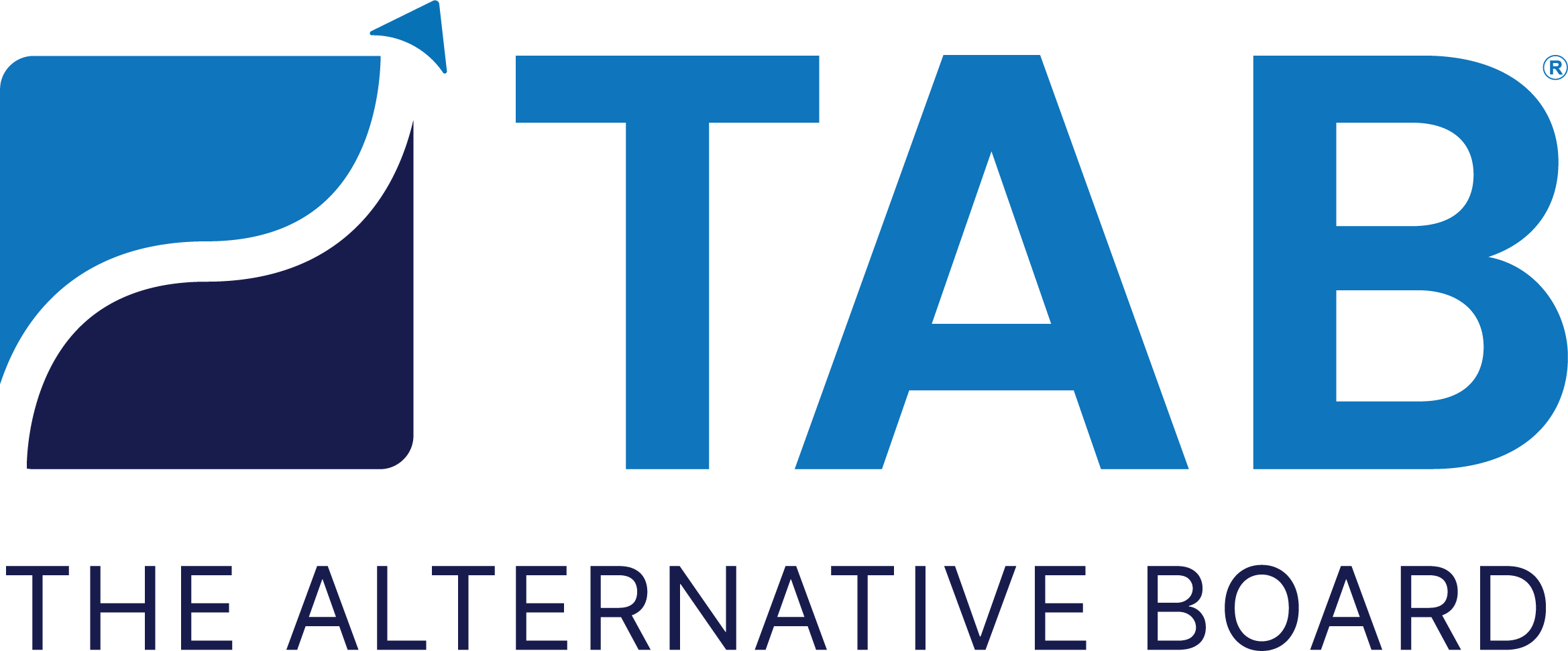Financial Reports Every Business Needs
For the smooth running of a small business, no paperwork may be more essential than financial reports. These documents inform business owners and CEOs about the success or lack of success in past business activities, while also painting a fairly reliable picture of what lies ahead.
Some business leaders believe that their finance staff is better equipped to handle these matters, so they opt for a hands-off approach. As Bob Haines, President at TAB Treasure Valley, Idaho, notes, this is not the best approach to managing financial resources within the organization.
“Every business owner should know their numbers and stop spending money on expenses that don't bring a return on their investment,” Haines says. “Business owners should know and understand their Balance Sheet, Cash Flow Statement, and Profit and Loss Statement and be able to explain them to a 3rd party. The numbers tell a story, and often in that story are ways to save money or increase the ROI for the money that is spent.”
Here's a quick look at the three key financial reports and why they’re so important:
Income Statement (or Profit & Loss)
Income Statements are meant to be generated and reviewed on a monthly basis. The focus is on closely monitoring revenue that’s coming in and expenses that are going out.
The Income Statement looks at operating profit and profit in general.
Operating profit “records the profit made from the normal operating activities of the business—which will generally be from sales, minus the cost of goods, services, and salaries,” notes Bytestart. For businesses mired in debt, a strong operating profit “might be a sign that the business will be able to work itself free of its debt, given time.” Operating profit that continuously wavers “may be a cause for concern.”
Profit itself incorporates non-operational income, such as interest income and earnings from investments or rentals.
Cash Flow
Sales growth, gross profits, and operating profits are essential to every business, but the key insight owners are looking for is whether the company is generating positive cash flow.
“If your forecast shows that your company is not generating cash for the business, you know it's time to take action on your expenses, working capital, or capital expenditure budgets,” says Peter Santry, Owner at TAB Fairfield County, Connecticut.
A Cash Flow Statement usually consists of a record of:
Cash generated by daily business activities and corresponding expenditures such as salaries, interest payments, and operating costs
Funds gathered or spent through investment-related actions
Cash obtained via debt and debt repayments
Business leaders, generally optimistic by nature, can sometimes overestimate the amount of capital their business is likely to generate, thereby distorting their budgeting strategies. That’s why it’s essential to predict cash flow more accurately during different times of the year, so you’re not caught off-guard by future developments.
Balance Sheet
“The balance sheet is the cornerstone of a company’s financial statements,” notes Business News Daily, “providing a snapshot of its financial position at a certain point in time.”
A Balance Sheet outlines:
A company’s assets, including cash, accounts payable, inventory, intellectual property, etc.
A company’s liabilities, encompassing money owed to third parties (a bank, vendor, etc.) and, where applicable, deferred taxable liability (that is, taxes owed that have but still unpaid)
A company’s equity, funds that support the growth of the business, such as an owner’s investment, cash acquired from shares sold in the business, or financial reserves accumulated through outside investors
When a CEO or owner compares Balance Sheets from month-to-month and year-to-year, they can pinpoint trends that lead to more accurate financial planning.

